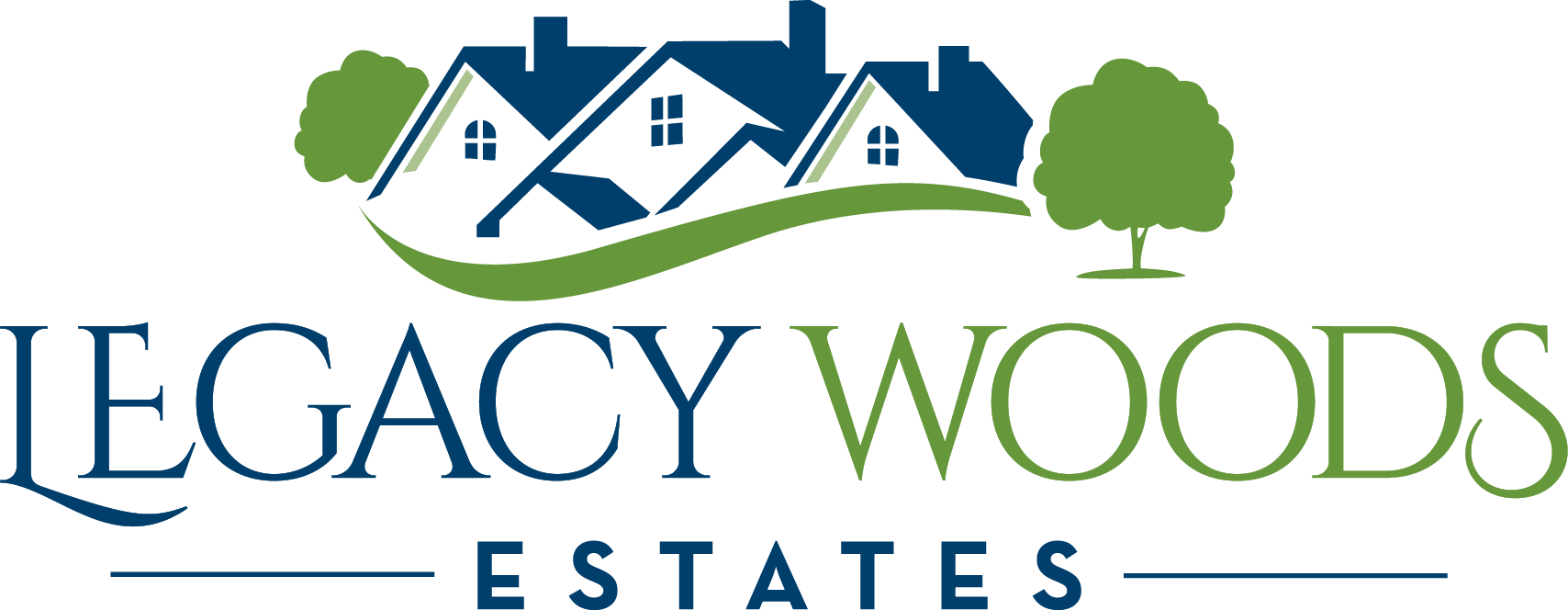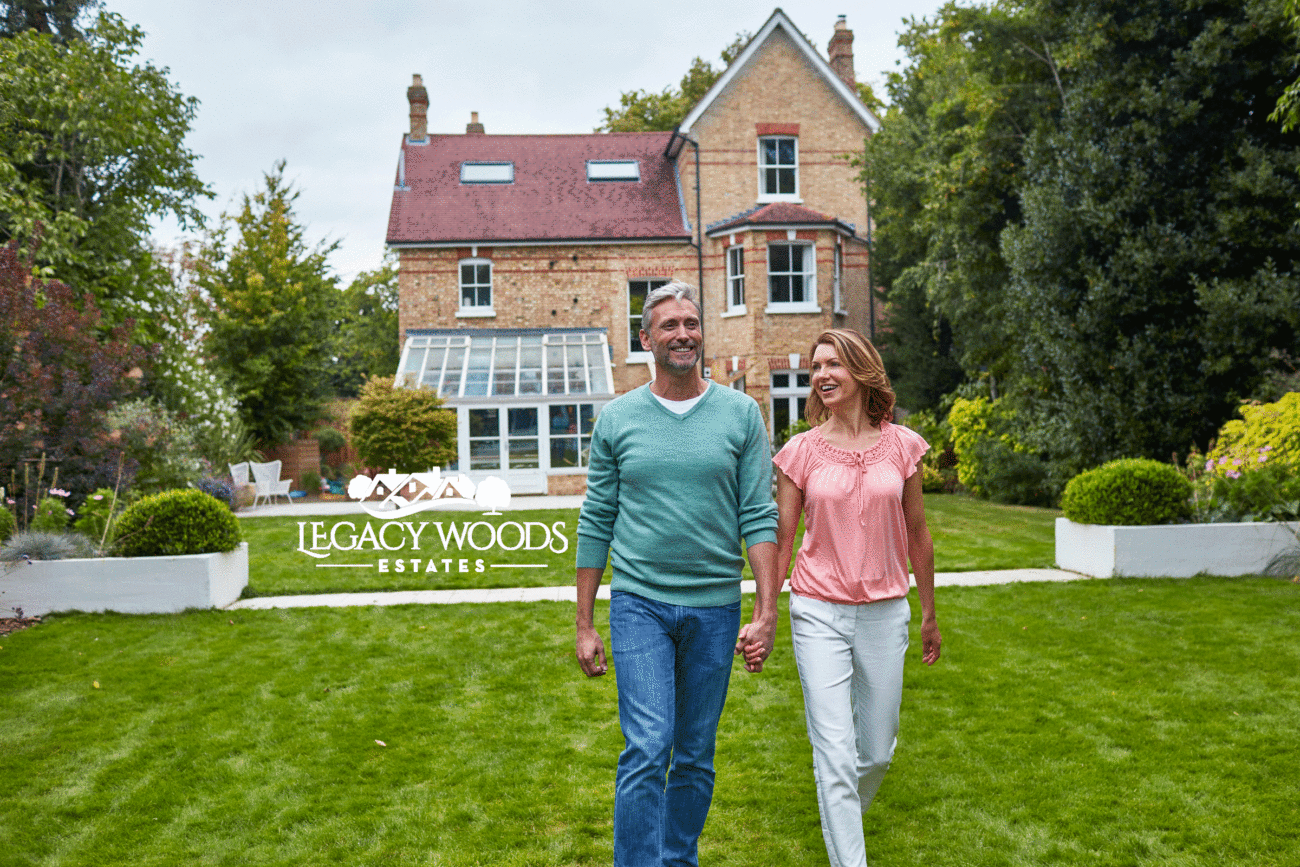Nidus Development plans to incorporate into the home designs the same green-design principles that are noteworthy features on Dr. Daniel’s (CEO) own home, which include a geothermal system and solar panels.
Geothermal Heating and Cooling Systems provide space conditioning — heating, cooling, and humidity control. They may also provide water heating — either to supplement or replace conventional water heaters. Geothermal Heating and Cooling Systems work by moving heat, rather than by converting chemical energy to heat like in a furnace. Every Geothermal Heating and Cooling Systems has three major subsystems or parts: a geothermal heat pump to move heat between the building and the fluid in the earth connection, an earth connection for transferring heat between its fluid and the earth, and a distribution subsystem for delivering heating or cooling to the building. Each system may also have a de-superheater to supplement the building’s water heater, or a full-demand water heater to meet all of the building’s hot water needs. Geothermal Heat Pump The geothermal heat pump is packaged in a single cabinet, and includes the compressor, loop-to refrigerant heat exchanger, and controls. Systems that distribute heat using ducted air also contain the air handler, duct fan, filter, refrigerant-to-air heat exchanger, and condensate removal system for air conditioning. For home installations, the geothermal heat pump cabinet is usually located in a basement, attic, or closet. In commercial installations, it may be hung above a suspended ceiling or installed as a self-contained console.
A geothermal system will immediately save you 30 to 60 percent on your heating and 20 to 50 percent on your cooling costs over conventional heating and cooling systems because it uses clean, renewable energy (the sun).
Solar roof panels are connected photovoltaic (PV) cells that capture sunlight hitting your roof and convert it into electricity. Tesla solar panels have a low-profile design with integrated front skirts and no visible mounting hardware.
The inverter converts the direct current (DC) output of solar panels into alternating current (AC) in order to power your home. The inverter is generally located in your garage or near your main electrical panel.
Powerwall, though not required for solar panels to power your home, is a rechargeable home battery that stores the excess energy produced by your solar panels This stored energy can be used at any time, including after the sun sets or when there is a grid outage.
Solar panels, the solar inverter and Powerwall all connect to your home’s electrical panel and utility meter. The system will monitor your energy production and usage and collect real-time information you can view in your app.



